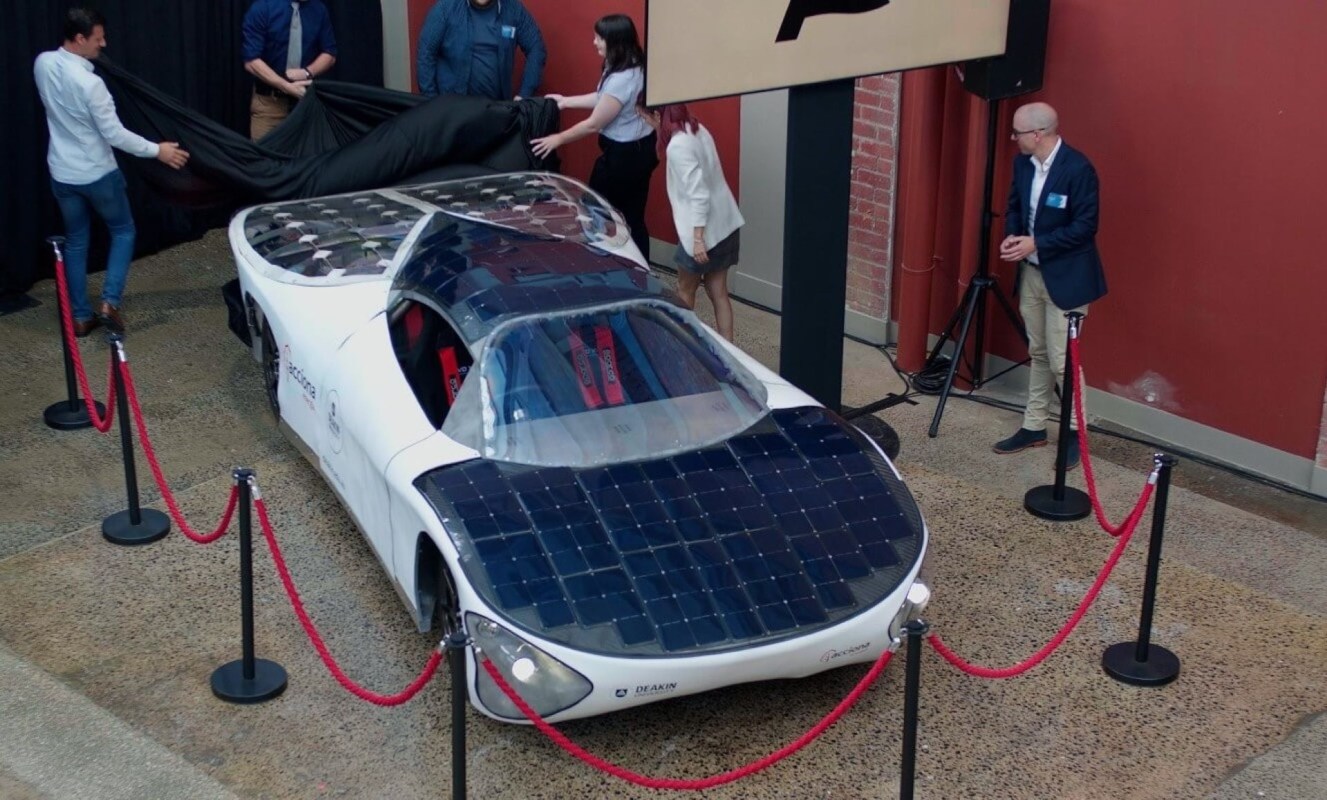A student-designed-and-built electric solar vehicle is all set to take over the 2023 World Solar Challenge, as students from Australia's Deakin University took their solar car out for a test drive last year.
When students took their car — code-named ASCEND — out for a spin, they had overcome three years of preparations that included lockdowns, COVID-19, a postponed race, and makeshift home workshops and online learning.
A cohort of 1,000 students from Deakin University who contributed to the project partnered with ACCIONA Energía, a Spanish renewable energy company, to build a solar-powered vehicle for the 2023 Bridgestone World Solar Challenge — a 3,000-kilometer (1,864-mile) race from Darwin to Adelaide, to be held in October this year.
This is the first time that Deakin University is entering the World Solar Challenge. The competition is a platform where young engineers from all over the world compete with their self-designed solar cars.
The challenge, which is open to students from universities and high schools, gives an opportunity to young engineering minds to work in a team and push the boundaries of technology, and make advancements in renewable energy. The challenge aims to reward those who can design a car that can run as far as possible on solar power.
"It's an endurance test," Angus McDonald, one of the two lead designers of ASCEND, told The Driven. "In the past, it's been, 'How can we input technology for solar panels into these really lightweight, condensed cars and see how far and fast they can go?' But the challenge that we're doing is, 'How much can we actually shove all that technology into an everyday car?'"
ASCEND will participate in the Cruiser division and will be judged on criteria that include payload, energy consumption, and a subjective element of "practicality" in a race that will go for over five days in three stages.
The students used Deakin's 3D-printing capability to make titanium componentry and majority-nylon bodywork, The Driven reported. Each car in the race category can incorporate up to five square meters (about 54 square feet) of solar panel space that will charge a car's battery as it drives through the desert.
The challenge will highlight innovations in renewable energy and engineering, leading to potential similar projects.
"We know that renewable energy is able to supply our cities and our businesses with plentiful power and the ASCEND vehicle encapsulates what clean energy is capable of," Emma Reiners, General Manager of brand and marketing at ACCIONA Energía, told The Driven.
Join our free newsletter for weekly updates on the coolest innovations improving our lives and saving our planet.









